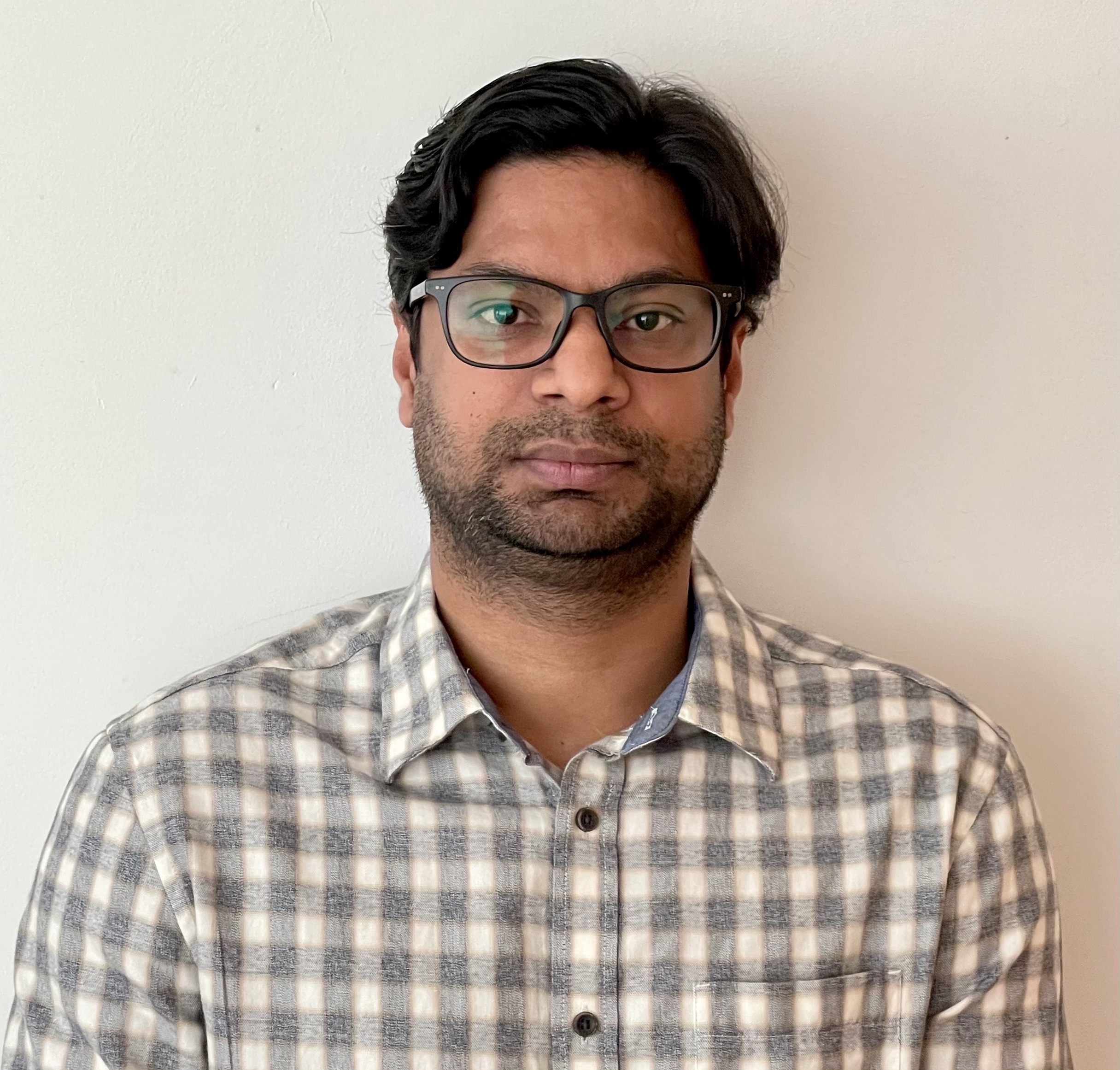1. Gold(i) bridged dimeric and trimeric heterometallic {Cr7Ni}-based qubit systems and their characterization
D. Asthana, S. J. Lockyer, S. Nawaz, R. J. Woolfson, G. A. Timco,  C. A. Muryn, I. J. Vitorica-Yrezabal, D. Collison, N. A. Burton and R. E. P. Winpenny Dalton Trans., 2021, 50, 4390.
C. A. Muryn, I. J. Vitorica-Yrezabal, D. Collison, N. A. Burton and R. E. P. Winpenny Dalton Trans., 2021, 50, 4390.
2. Aqueous photon upconversion by self-assembled acceptor-amphiphile ion-pairs with a long triplet lifetime
D. Asthana, S. Hisamitsu, Masa-aki Morikawa, P. Duan, T. Nakashima, T. kawai, N. Yanaia and N. Kimizuka
Organic Materials, 2019, 01, 043.
3. A [13]rotaxane assembled via a palladium molecular capsule;
J. Ferrando-Soria, A. Fernandez, D. Asthana, S. Nawaz, I. J. Vitorica-Yrezabal, G. F.S. Whitehead, C. A. Muryn, F. Tuna, G. A. Timco, N. D. Burton and R. E. P. Winpenny
Nature Commun., 2019, 10: 3720.
4. Formation of an interlocked double-chain from an organic–inorganic [2]rotaxane;
J. Ferrando-Soria, A. Fernandez, I. J. Vitorica-Yrezabal, D. Asthana, C. A. Muryn, F. Tuna, G. A. Timco, and R. E. P. Winpenny
Chem. Commun., 2019, 55, 2960.
5. Appending diverse π-extended acceptors with DTF donors: Multistate redox, radical ion generation and mid-IR absorbing mixed-valence states;
S. K. keshri, D. Asthana, Y. Kumar, S. Chorol and P. Mukhopadhyay
Chem. E. J., 2018, 24, 1821.
6. All-or-None Switching of Photon Up-conversion in Self-Assembled Organogel Systems;
P. Duan, D. Asthana, T. Nakashima, T. Kawai, N. Yanai and Nobuo Kimizuka
Faraday Discuss., 2017, 196, 305.
7. Assorted morphosynthesis: access to multi-faceted nano-architectures from a super-responsive dual π-functional amphiphilic construct;
D. Asthana, J. Shukla, S. Dana, V. Rani, M. R. Ajayakumar, K. Rawat, K. Mandal, P. Yadav, S. Ghosh and P. Mukhopadhyay
Chem. Commun., 2015, 51,15237.
8. TCNQ as a highly sensitive off-the-shelf detector for cyanide with multi-dimensional signal read-out ability;
M. R. Ajayakumar, K. Mandal, K. Rawat, D. Asthana, R. Pandey, A. Sharma, S. Yadav, S. Ghosh and P. Mukhopadhyay,
ACS Appl. Mater. Interfaces, 2013, 5, 6996.
9. Urea-based constructs readily amplify and attenuate nonlinear optical activity in response to H-bonding and anion recognition;
D. Asthana, R. Pandey and P. Mukhopadhyay,
Chem. Commun., 2013, 49, 451.
10. NTCDA-TTF first axial fusion: emergent NIR optical, attractive electronic and a unique high optical contrast light-driven scissoring;
D. Asthana, M. R. Ajayakumar, R. P. Pant and P. Mukhopadhyay,
Chem. Commun., 2012, 48, 6475.
11. Core-modified naphthalenediimides generate persistent radical anion and cation: New panchromatic NIR probes;
M. R. Ajayakumar, D. Asthana and P. Mukhopadhyay,
Org. Lett., 2012, 14, 4822.
12. Assemblies of perylene diimide derivatives with melamine into luminescent hydrogels;
P. K. Sukul, D. Asthana, P. Mukhopadhyay, D. Summa, L. Muccioli, C. Zannoni, D. Beljonne, A. E. Rowan and S. Malik,
Chem. Commun., 2011, 47, 11858.
13. An all-organic steroid–D–π-A modular design drives ferroelectricity in supramolecular solids and nano-architectures at RT;
D. Asthana, A. Kumar, A. Pathak, S. Malik, P. K. Sukul, R. Chatterjee, S. Patnaik, K. Rissanen and P. Mukhopadhyay,
Chem. Commun., 2011, 47, 8928.







